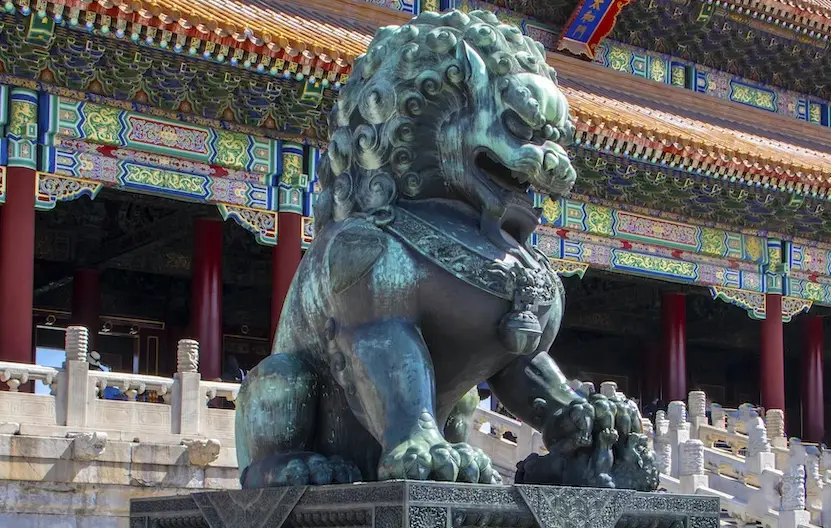On Monday, the Wall Street Journal reported that China has begun realigning its financial investments, shifting its investment resources to emerging markets as it detaches itself economically from the West due to growing hostility amid a battle over technology transfers to Beijing.
The beneficiaries of the shifting investments have been mining and energy projects in South Asia, the Middle East, South America, and Africa, where Beijing has focused on sectors including renewables and electric vehicles.
One of the largest recipients of Chinese investments as a result has been Indonesia, which is rich with nickel deposits and has received 17% of the total, as China looks to gain a foothold in resource-rich markets.
In the meantime, according to UN data, total overseas investment by Beijing has fallen by 18% to roughly $147 billion through 2022, compared to 2021.
Louis Kuijs, chief Asia-Pacific economist at S&P Global Ratings said, “By and large, the room for China to channel investment to foreign advanced economies is shrinking.” Analysts say that in the coming years, as geopolitical tensions rise with the US and its leaders push to increase the nation’s self-sufficiency, it is unlikely that Beijing’s overseas investments will rise significantly.
Prior to 2016, China encouraged its business community to invest in the advanced economies of the Group of Seven nations, so as to increase the presence of Beijing on the global stage. The Wall Street Journal noted that 2016 alone, Chinese businesses, including state-owned entities, invested $84 billion in 120 investments in G7 nations, with 63 of those investments going to the US in, according to the American Enterprise Institute (AEI) database.
The data from a report by Rhodium Group and Mercator Institute for China Studies showed that last year, China’s capital inflows into G7 economies fell to $7.4 billion. Direct investments in EU nations by Beijing hit a decade-low in 2022, at $8.8 billion.
The researchers said “China’s fragile economic situation and geopolitical pressures make a rebound to mid-2010 investment levels unlikely.”
Meanwhile, emerging markets in Asia, South America, and the Middle East are the beneficiaries of Beijing’s reallocation of investment capital, gaining $24 billion in combined capital inflows from Beijing in 2022, which marks a 13% increase in investment inflows compared to 2021, according to AEI data.


